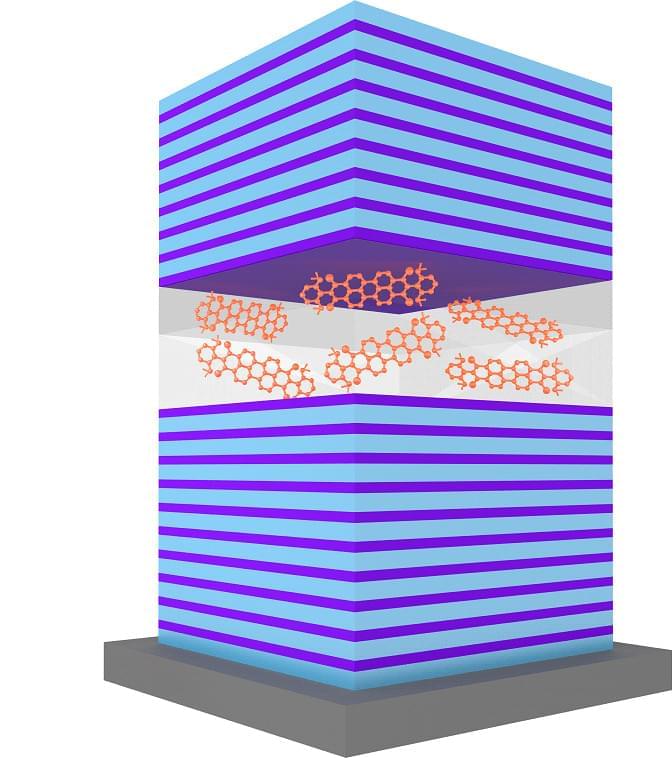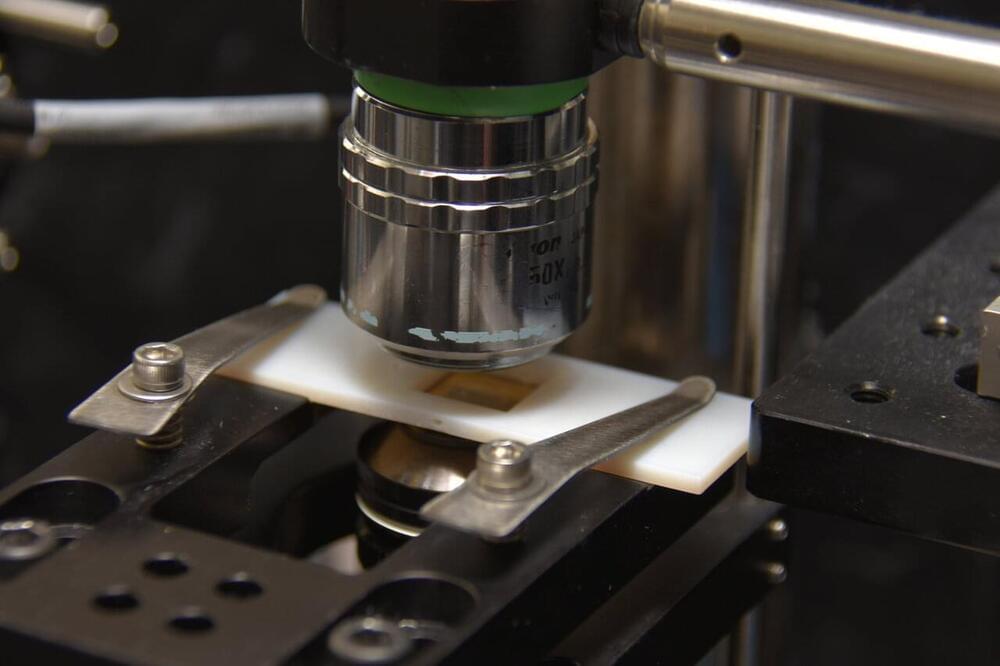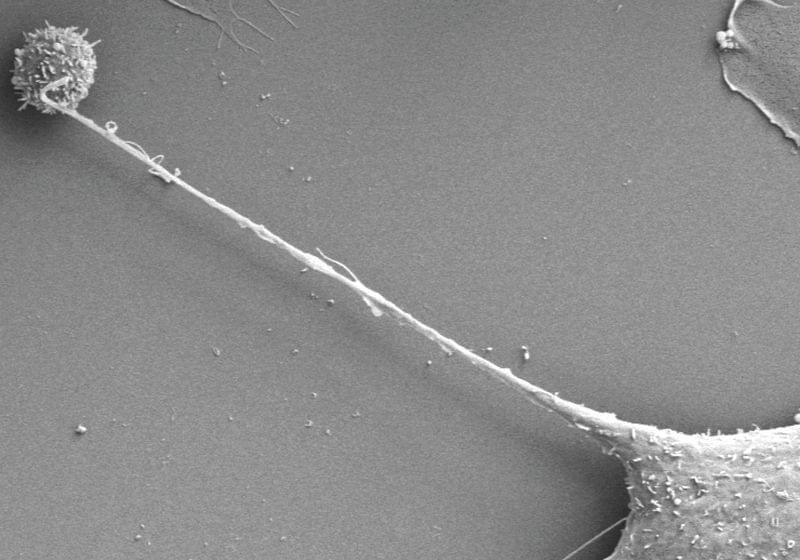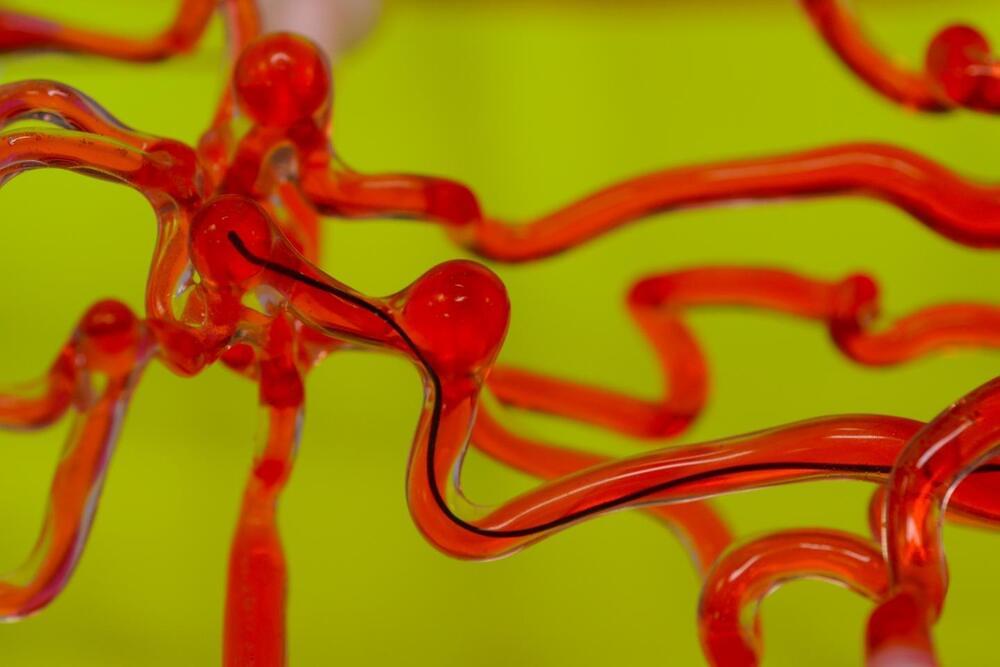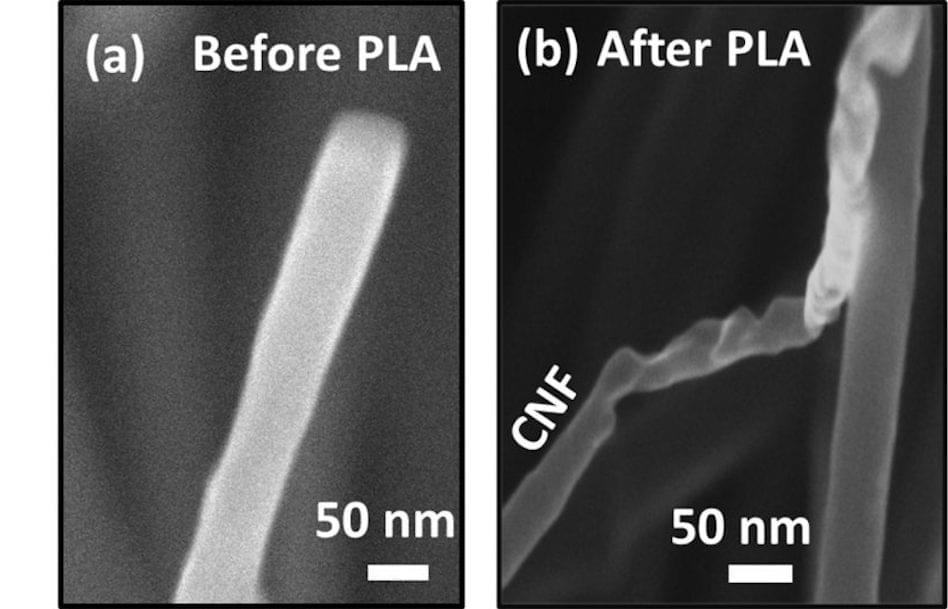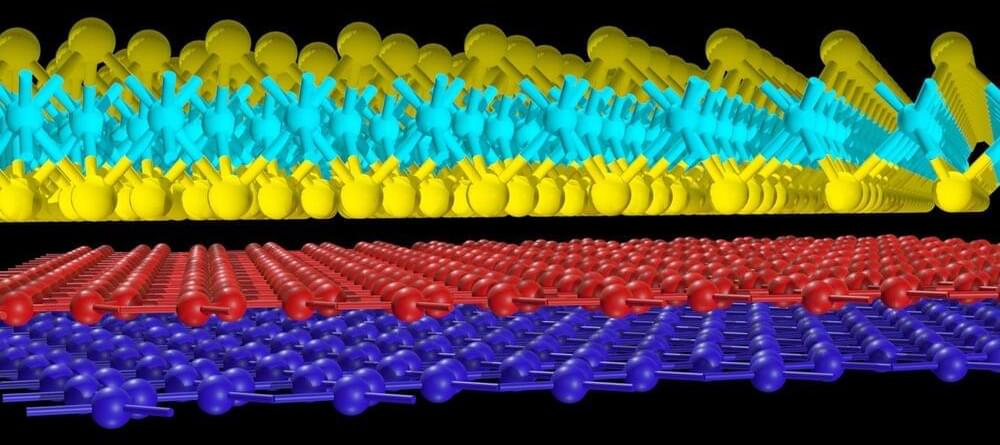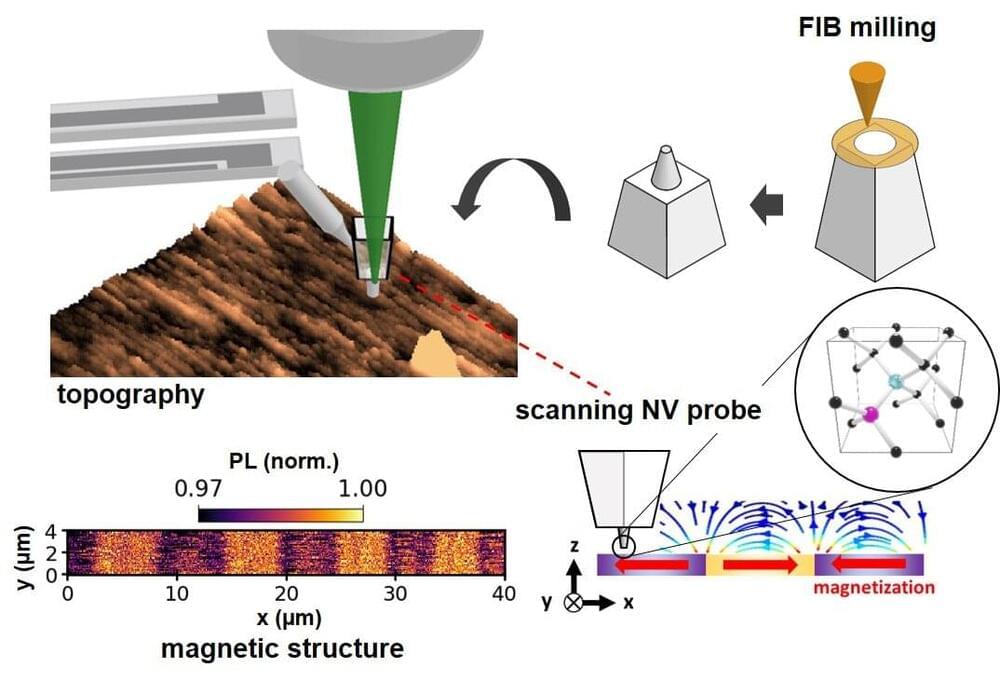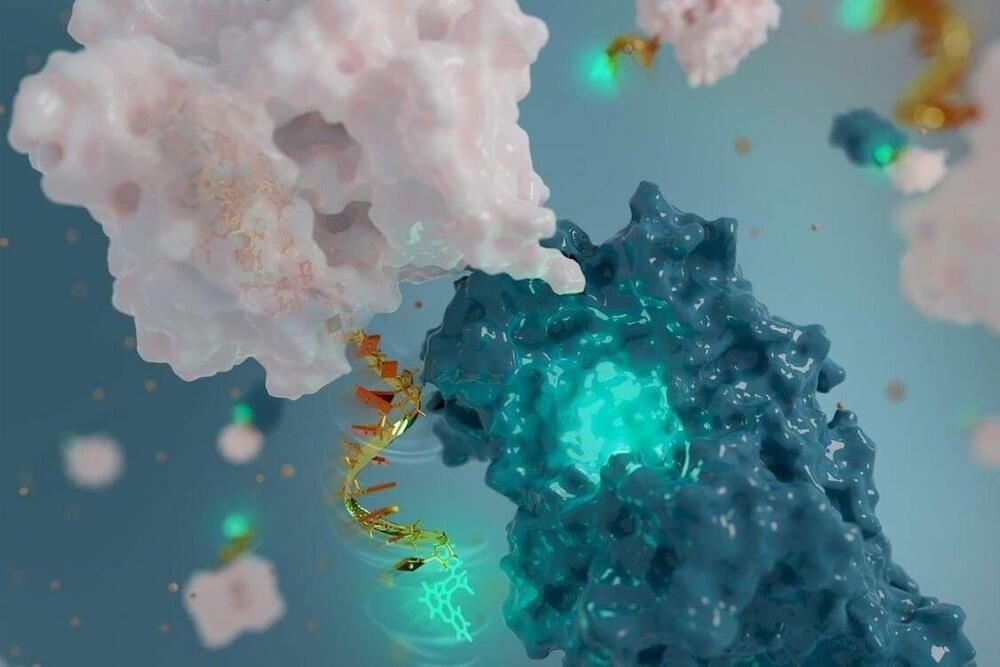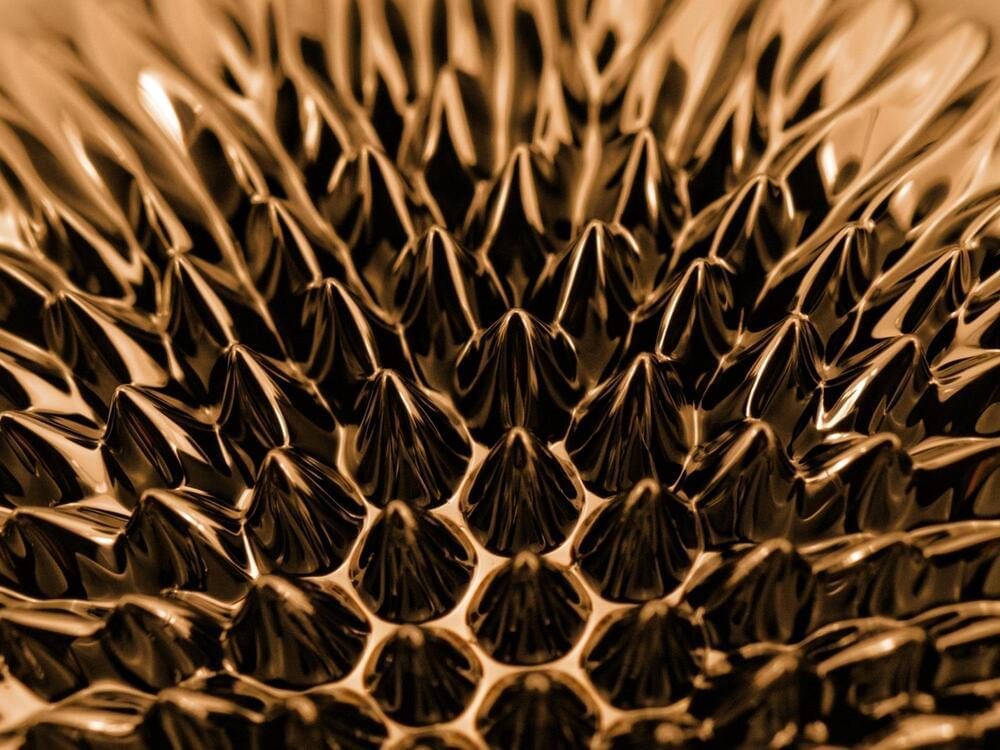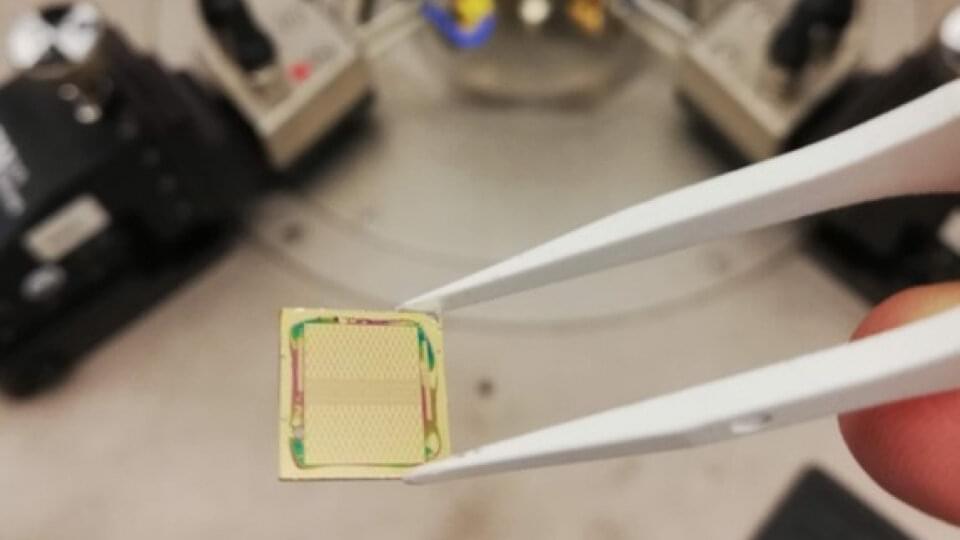Jan 21, 2022
Scientists Built a Super Fast Quantum Battery
Posted by Genevieve Klien in categories: energy, nanotechnology, quantum physics
Researchers from the Institute of Photonics and Nanotechnologies of the Cnr and the Politecnico di Milano have built a battery which, following the laws of quantum physics, has a recharge time that is inversely related to the amount of stored energy.
Quantum batteries are a new class of energy storage devices that operate according to the principles of quantum physics, the science that studies the infinitely small where the laws of classical physics do not always apply. Tersilla Virgili of the Institute of Photonics and Nanotechnologies of the National Research Council (Cnr-Ifn) and Giulio Cerullo of the Physics Department of the Politecnico di Milano have shown that it is possible to manufacture a type of quantum battery where the charging power increases faster by increasing the battery capacity. The work, carried out together with other international research groups, was published in Science Advances.
“Quantum batteries have a counter-intuitive property in which the recharge time is inversely related to the battery capacity, that is the amount of stored electrical charge,” explains Virgili. “This leads to the intriguing idea that the charging power of quantum batteries is super-extensive, meaning that it increases faster with battery size.”
